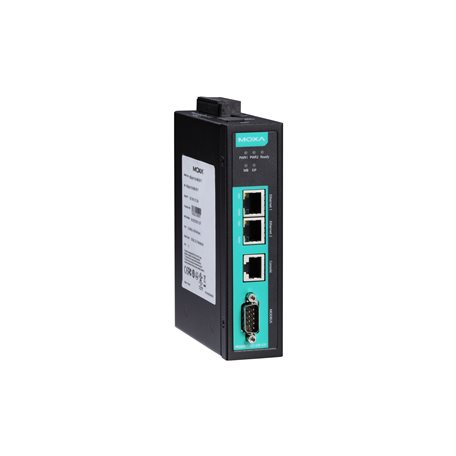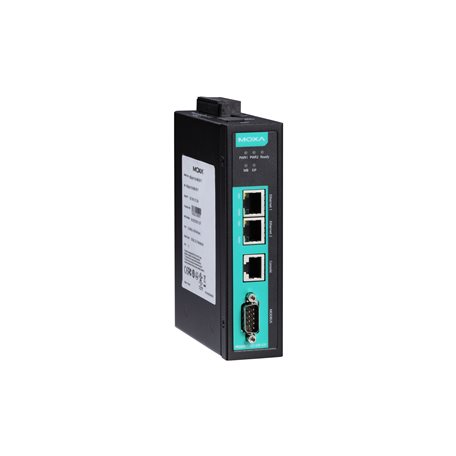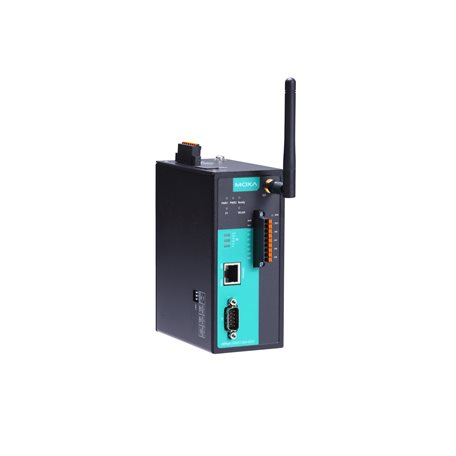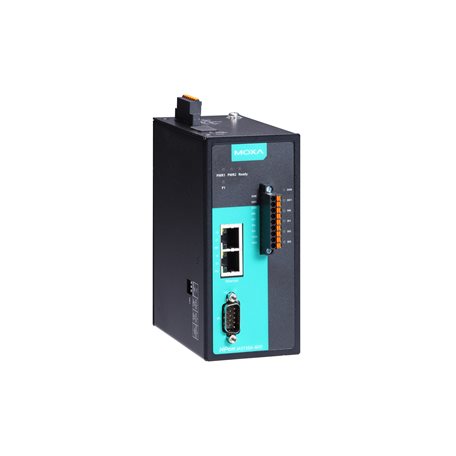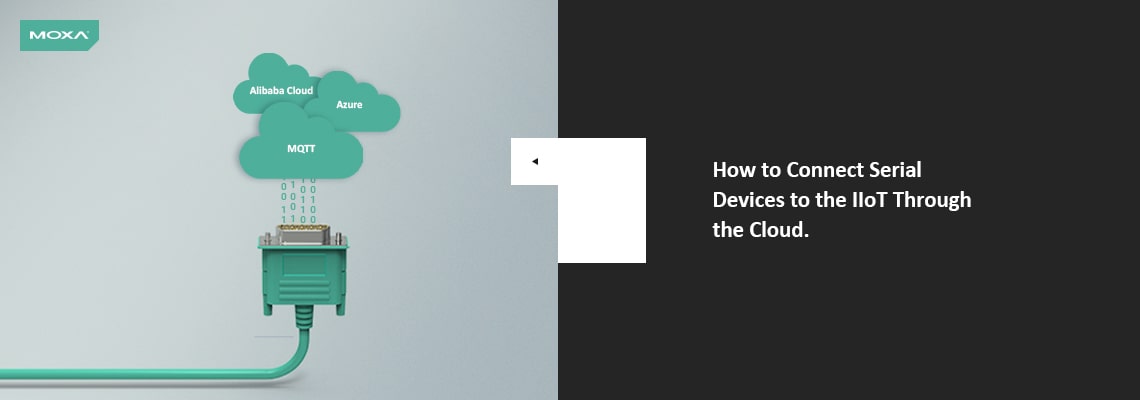
To assess production output, we started gathering data from wellhead applications. Managers are now looking to gather more information from field-site sensors like RTUs or meters in order to build an application that would improve overall equipment effectiveness. Therefore, we should consider whether it would be more efficient to upload the field data to the cloud and then use cloud services to evaluate it.
These ideas about cloud connection are spreading across a wide range of businesses, as management can no longer ignore the advantages of the IIoT. However, there are a few key considerations to keep in mind before integrating cloud services with IIoT applications. We outline the information you should clarify in this post before deciding if it is required to store your data in cloud systems. In addition, if you prefer to go toward the cloud, we can assist you in selecting the devices that will connect your field devices to the cloud in the most effective way.
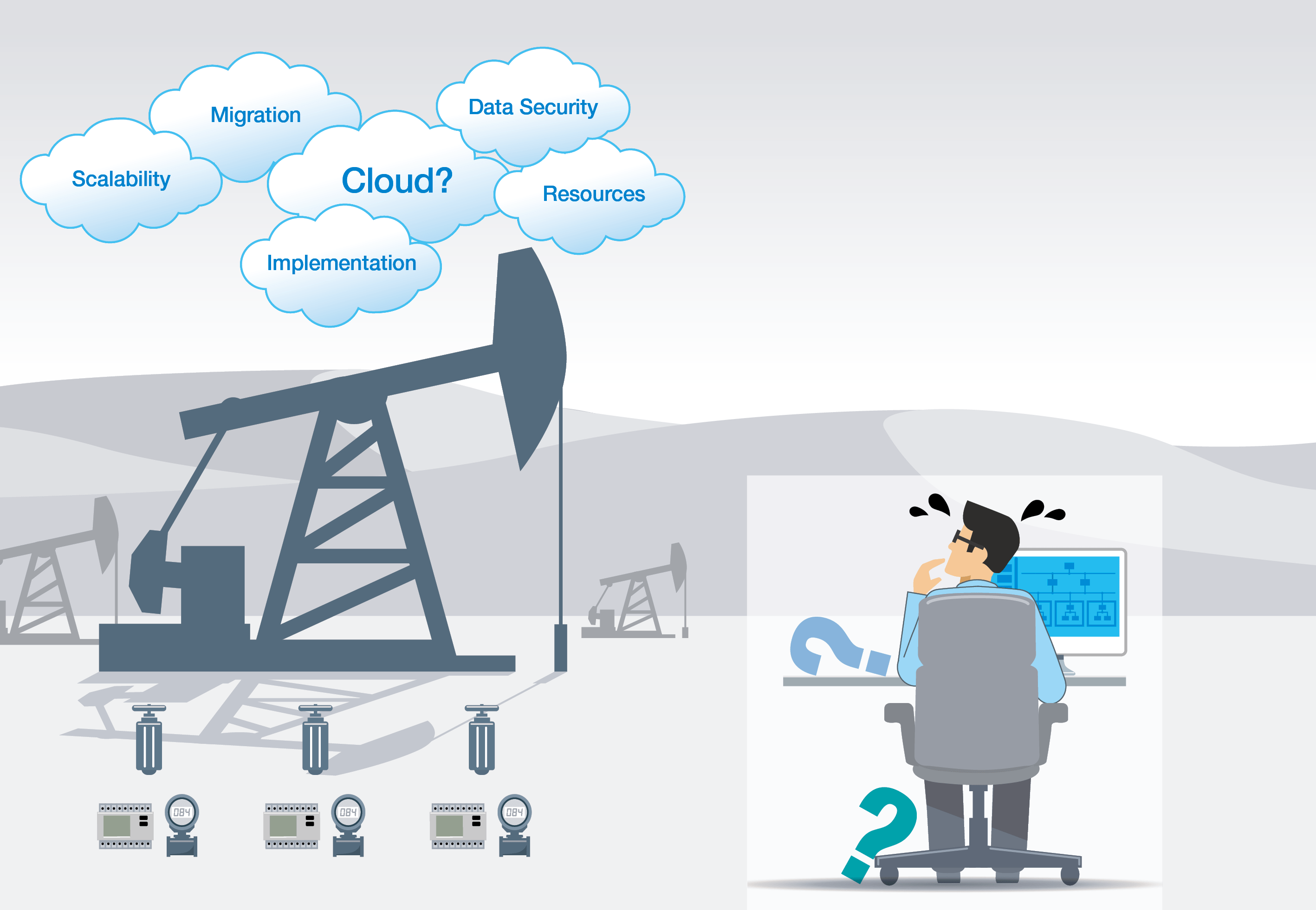
Is Cloud Technology a Good Idea for Field Data?
The goal of IIoT deployment is to gather data from end devices in order to get insights that can be put to use. But where do we save all of this data? We must ask ourselves a few important questions as data users:
- Are the field devices in my application located in several locations?
- Is it necessary for my application to have 24/7 access to field data?
- Will my application eventually require scaling up?
- Will my application need to be scaled up over time?
Connecting your devices to the
cloud is a smart choice if the majority of your responses to
these questions are "Yes." You now have to deal with the
common challenge of selecting interconnectivity devices that match the
needs of your application.
Choosing Connectivity Devices for the Cloud Depending on Your Needs
When you make the decision to
connect your field data to the cloud, you will face challenges since many
edge devices don't speak a language that the internet can comprehend. If you
decide to use the cloud as your backend data server, connected devices need to
be able to connect to it. Data integration should be taken into account in
addition to your network's southbound (supporting protocols for your device)
and northbound (supporting cloud connections) capabilities. Data analysis or
network integration tasks may be carried out in the cloud or on the edge, depending on the application. Your decision regarding interconnectivity devices
for your IIoT implementation will be strongly affected by these factors.
The Interconnectivity Devices
Capability Metrics are shown in the following graph, defining the recommended
interconnectivity devices by mapping your data integration needs with the
chosen backend data server.
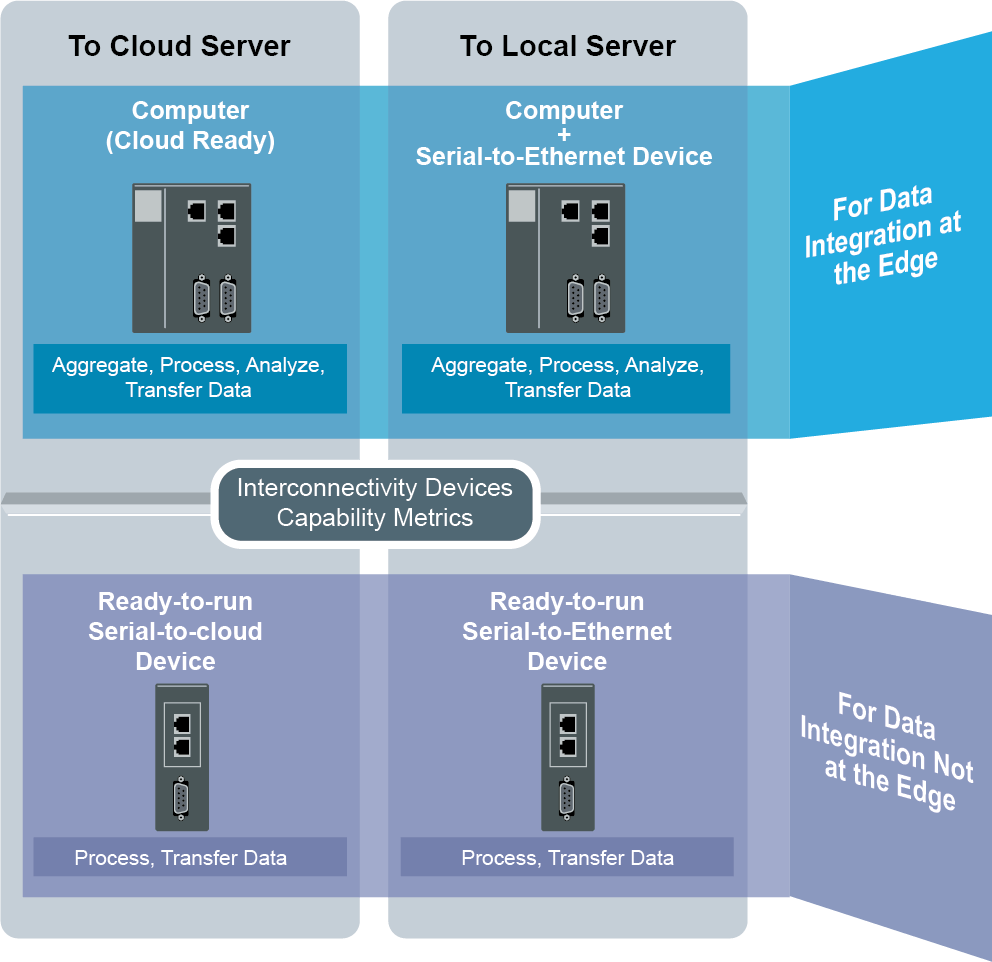
A straightforward, ready-to-use serial-to-cloud device can help you save a good amount of time and money for applications where data integration does not need to take place at the edge.
The Quickest Route to Cloud-Ready Serial Devices
Moxa's NPort IA(W)5000A-I/O
Series and MGate 5105-MB-EIP Series are ready-to-use serial-to-cloud
devices that transfer a variety of field data types, including serial,
I/O, Modbus, and EtherNet/IP, onto multiple cloud platforms. These devices
enable generic MQTT, which connects to Amazon AWS cloud and other private
clouds, and they feature a built-in SDK for Microsoft Azure and Alibaba Cloud for
quick and simple cloud adoption. Aside from providing a variety of
serial-to-cloud configurations, Moxa's device servers and protocol gateways make setting up your devices simpler.
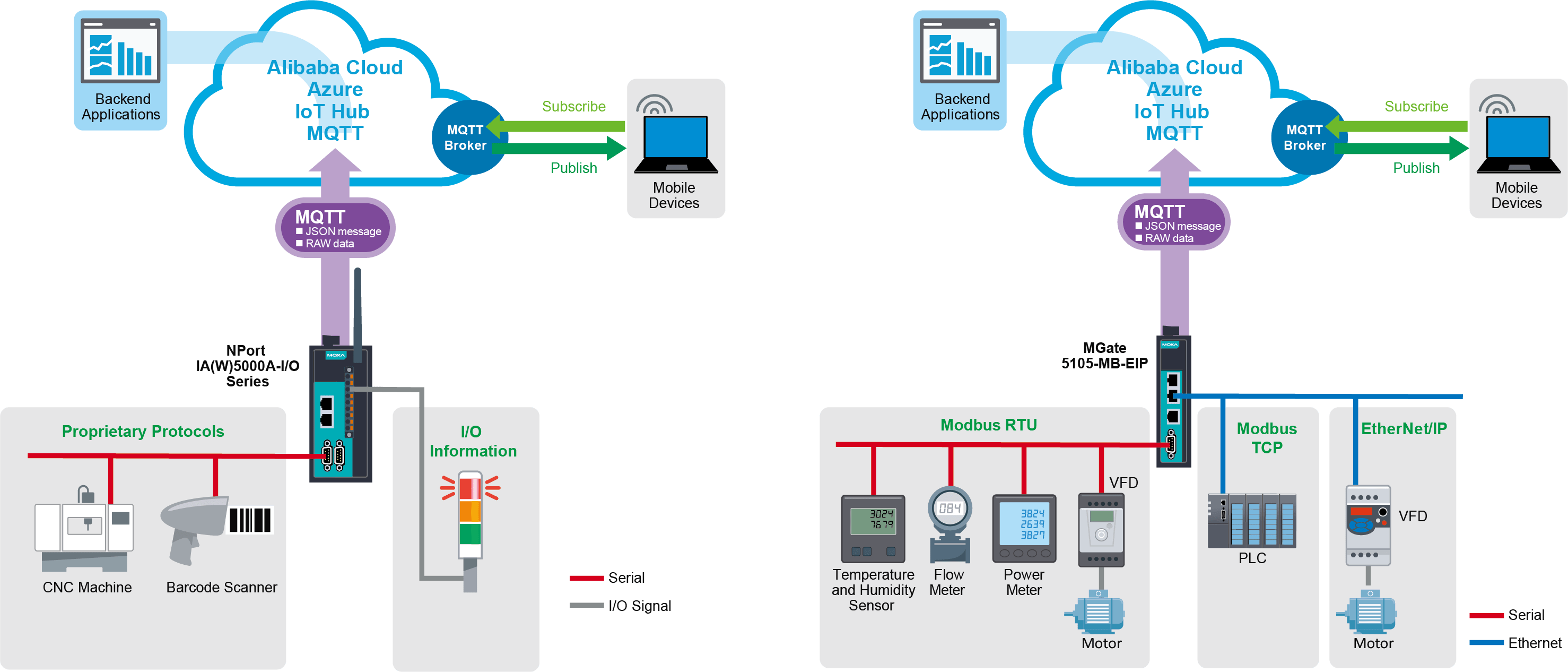
Visit the product pages for NPortIA5000A-I/O, NPort IAW5000A-I/O, and MGate 5105-MB-EIP to learn more about related Moxa solutions.
Easy World is Moxa's official distributor in the Middle East. For any further information, please contact us via sales@eworldme.com.

